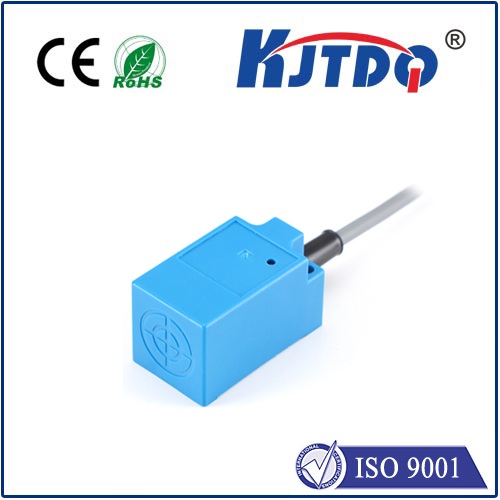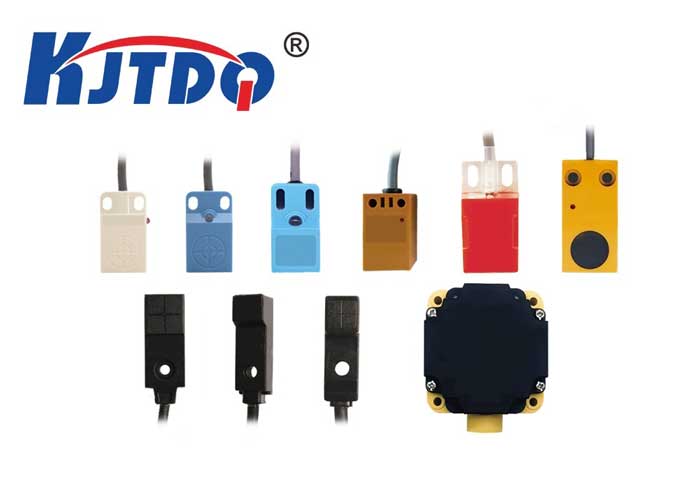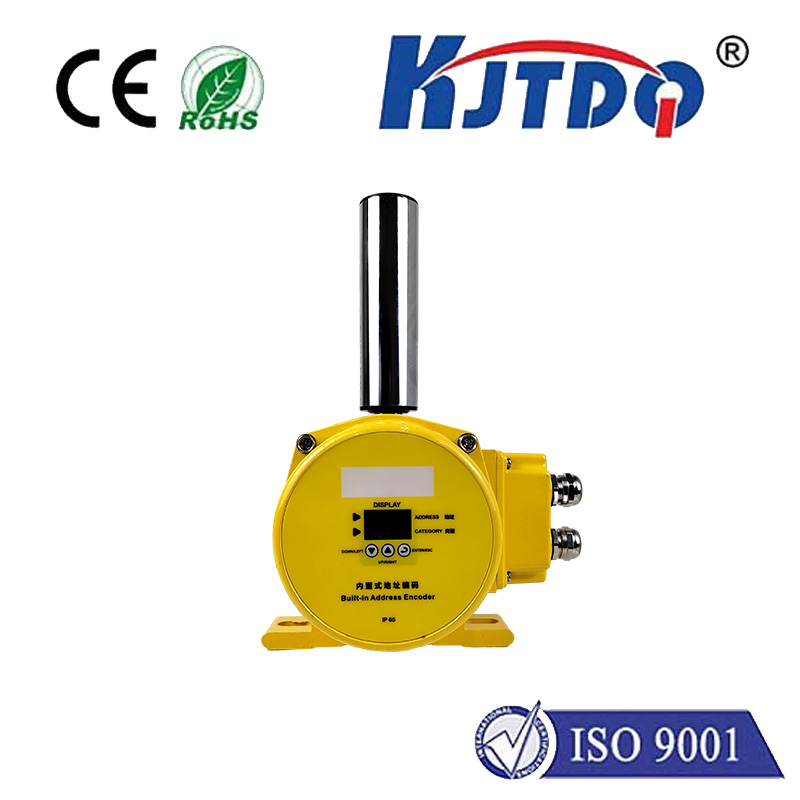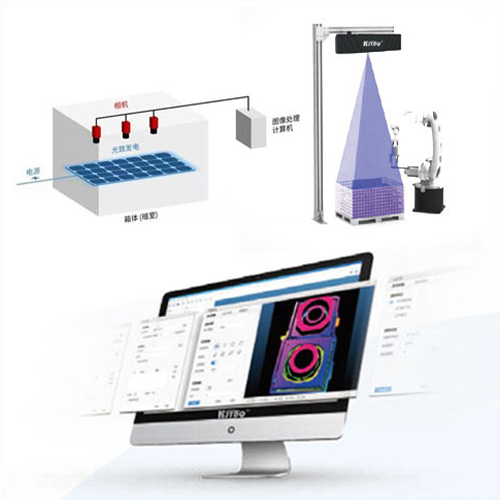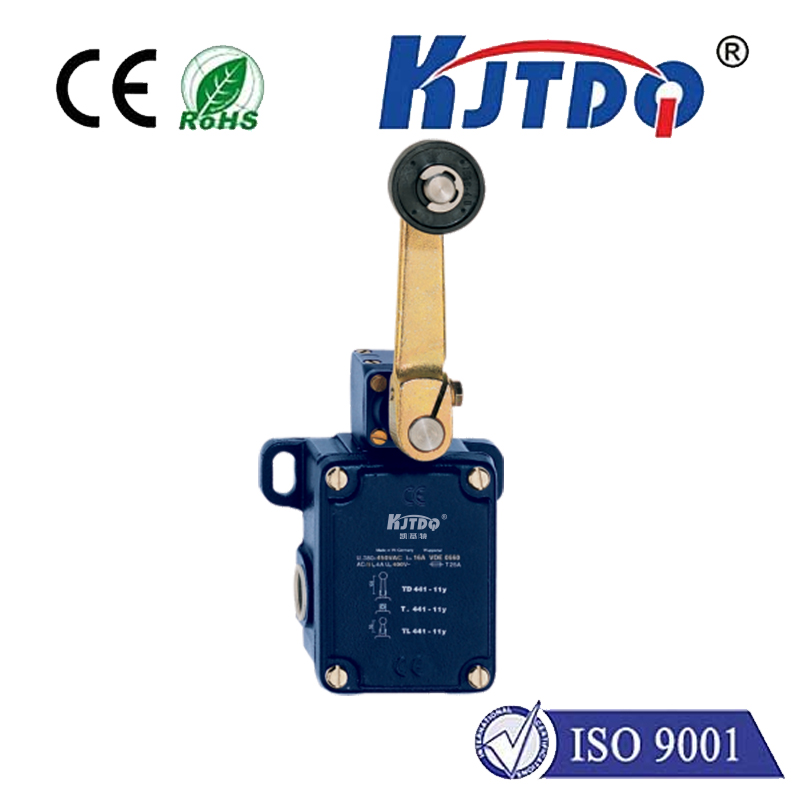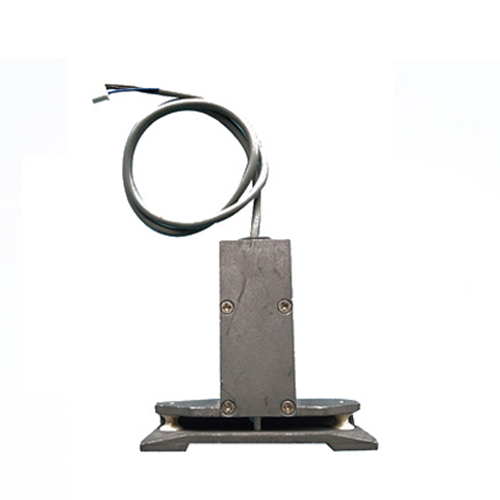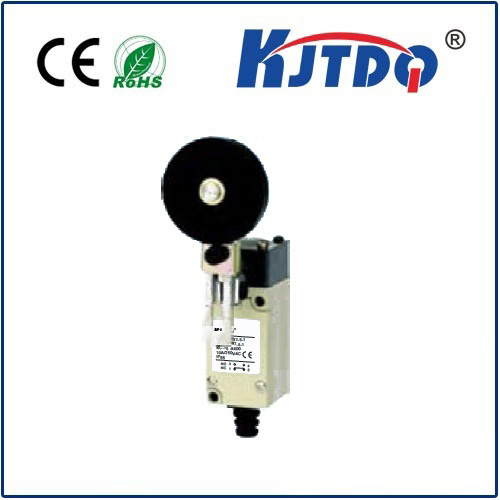BES0496 high pressure proximity sensor
- time:2025-09-30 16:16:17
- Click:0
BES0496 High Pressure Proximity Sensor: Unwavering Detection in Demanding Environments
Imagine heavy machinery operating deep underwater, hydraulic presses exerting immense force, or high-pressure pipelines transporting volatile substances. In these critical scenarios, conventional sensors buckle under pressure – literally. Reliable detection isn’t just convenient; it’s paramount for safety, efficiency, and preventing catastrophic failures. This is precisely where specialized components like the BES0496 High Pressure Proximity Sensor come into their own, engineered to deliver unwavering performance where standard sensors simply cannot survive.
Understanding the Challenge: Why “High Pressure” Matters
Proximity sensors are ubiquitous in industrial automation, detecting the presence or absence of metallic objects without physical contact, typically using inductive principles. However, standard proximity sensors are designed for relatively benign atmospheric conditions. When subjected to extreme pressure environments – pressures significantly exceeding standard atmospheric pressure (1 bar / 14.5 psi) – several critical issues arise:
- Enclosure Integrity: Standard housings can deform, crack, or implode, allowing high-pressure media to ingress and destroy internal electronics.
- Sensing Face Distortion: Pressure acting on the sensor’s active face can distort it, altering the electromagnetic field and degrading or completely nullifying sensing performance.
- Seal Failure: Seals preventing fluid or gas ingress can be compromised under sustained or cyclic high pressure.
- Material Weakening: Pressure, especially combined with temperature extremes common in such applications, can accelerate material fatigue and failure.
The BES0496: Engineered for Resilience and Reliability
The designation “BES0496 High Pressure Proximity Sensor” signifies a robust solution specifically tailored to overcome these formidable challenges. While exact specifications can vary by manufacturer and customization, the core design philosophy revolves around exceptional resilience:

- Exceptional Pressure Rating: The defining feature. The BES0496 is built to withstand pressures far exceeding those typical industrial sensors can handle. Ratings could range from hundreds to potentially thousands of bar/psi, depending on its specific variant and target application (e.g., subsea hydraulics vs. injection molding). This allows it to function reliably inside pressurized systems.
- Robust Housing Construction: Utilizing high-strength materials like stainless steel (often 316L for corrosion resistance) or specialized alloys, the sensor body is meticulously engineered. This includes reinforced walls, thickened sensing faces, and precisely machined contours to distribute pressure loads effectively and prevent deformation.
- Advanced Sealing Technology: Achieving reliable sealing under high pressure is critical. The BES0496 typically incorporates high-performance seals (e.g., multiple O-rings, specialized elastomers, metal seals) often utilizing unique geometries and materials proven in extreme environments to ensure a hermetic barrier against fluid ingress. Potting internal components with specialized compounds can offer additional protection.
- Pressure-Compensated Design: Some sophisticated high-pressure sensors employ compensation techniques. This might involve carefully balancing internal pressure or designing the sensing element itself (coil assembly) to minimize performance drift caused by the external pressure acting on the sensor face.
- Durability Under Stress: Built to endure not just static high pressure but also pressure spikes, vibrations, shocks, and often wide temperature ranges commonly associated with demanding industrial settings like oil & gas, heavy machinery, and energy production.
Where the BES0496 Proves Its Mettle: Core Applications
This sensor isn’t a general-purpose device; it excels in specific, mission-critical high-pressure niches:
- Hydraulic Systems (High-Pressure): Monitoring cylinder positions, valve actuation, or component presence directly within high-pressure hydraulic lines, presses (metal forming, plastic injection molding), and heavy equipment like excavators or cranes where pressures can easily exceed 300 bar (4350 psi).
- Oil & Gas (Upstream & Midstream): Downhole tools, subsea equipment (BOPs, manifolds), wellhead controls, and pipeline valve monitoring – environments where pressures can be immense, and reliability is non-negotiable for safety and asset protection.
- Test Benches & Pressure Vessels: Providing position feedback or presence detection inside autoclaves, pressure chambers, and specialized test rigs designed to simulate or handle extreme pressure conditions.
- Marine & Offshore: Thruster controls, ballast systems, and other hydraulic and pneumatic systems on ships and offshore platforms exposed to both high pressures and corrosive seawater environments.
- Energy Generation: Monitoring critical components in high-pressure steam lines, turbine controls, and valve actuators within power plants (thermal, nuclear, hydro).
Operational Excellence: How It Works (Briefly)
Like standard inductive proximity sensors, the BES0496 operates on the principle of electromagnetic induction. An oscillator circuit generates a high-frequency electromagnetic field from a coil behind the active sensing face. When a metallic target enters this field, eddy currents are induced within the target. This causes a measurable change in the oscillation’s amplitude or frequency within the sensor. Sophisticated circuitry detects this change and triggers a solid-state electronic switch (usually PNP or NPN) to change state (ON/OFF), providing the output signal (e.g., to a PLC).
The crucial difference lies in its execution. Every aspect – from coil winding and potting to the precise machining of the pressure-resistant stainless steel housing and the multi-stage sealing – is optimized to ensure this inductive sensing principle remains stable and accurate despite the crushing external pressures trying to distort or compromise the device. Redundancy or enhanced diagnostics might be incorporated in critical variants.
The Value Proposition: Beyond Just Detection
Investing in a specialized sensor like the BES0496 High Pressure Proximity Sensor is not merely a component cost; it’s an investment in:
- Uncompromised Safety: Preventing leaks, spills, or catastrophic equipment failures in hazardous high-pressure environments.
- Enhanced Process Reliability: Ensuring consistent machine operation and automation sequences, minimizing unplanned downtime caused by sensor failure.
- Reduced Maintenance Costs: Longer service life under harsh conditions translates to fewer replacements and lower maintenance overhead.
- Protection of Valuable Assets: Safeguarding expensive machinery and preventing environmental incidents by ensuring critical monitoring functions remain operational.
Selecting the Right Solution
When considering a BES0496 or similar high-pressure proximity sensor, key parameters beyond just the pressure rating are vital:
- Specific Pressure Rating (Bar/PSI): What is the maximum operating pressure? Is burst pressure specified?
- Temperature Range: Must match the operating environment.
- Electrical Specifications: Required voltage, output type (PNP/NPN, NO/NC), current rating, and connection type (cable, connector).
- Sensing Distance: While often shorter than low-pressure counterparts due to the thicker housing.
- Housing Material & Construction: Corrosion resistance (e.g., 316L Stainless Steel), ingress protection rating (IP67/IP68/IP69K), and mounting options.
- Certifications: Relevant industry approvals (ATEX, IECEx for hazardous areas, DNV-GL for marine, etc.).
Conclusion: The Critical Sentinel
Operating effectively within environments defined by crushing forces demands sensors of exceptional fortitude. The BES0496 High Pressure Proximity Sensor embodies this resilience. Its meticulously engineered construction – featuring robust high-grade materials, advanced sealing, and pressure-resistant design – allows it to perform the seemingly simple task of proximity detection where conventional sensors fail. By providing reliable, continuous feedback directly from the heart of






